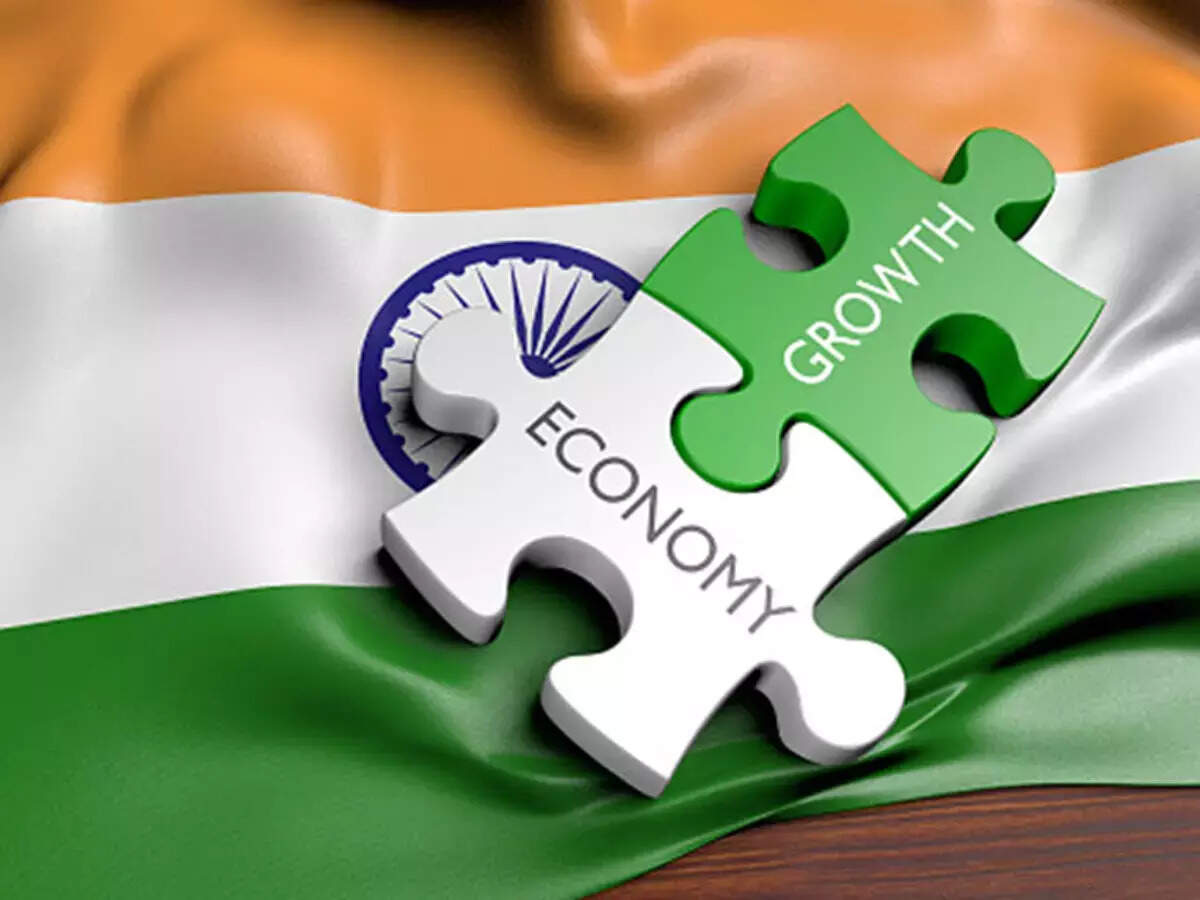
New Delhi: The economic activity in India is in recovery mode as growth seen broad basing with most sectors operating at pre-pandemic levels, a joint survey conducted by industry body FICCI and Indian Banks’ Association revealed. The uptick in growth was despite a muted start to this year due to emergence of Omicron variant.
The 15th round of the FICCI-IBA survey was carried out for the period January to June 2022 where a total of 25 banks including public sector, private sector and foreign banks participated.
“The contact-based services sector, which was most severely impacted by the pandemic waves, is also seen gaining traction,” it said
The survey findings showed that long-term credit demand has been growing for sectors such as infrastructure, chemicals, food processing, metals, iron and steel and petroleum products.
“Infrastructure is witnessing an increase in credit flow with 76 per cent of the respondents indicating an increase in long term loans as against 68 per cent in the previous round. In case of Chemicals, 52 per cent of the respondents indicated an increase in long term loans in the current round as against 32 per cent in the previous round while the petroleum products sector was indicated by 40 per cent of the respondents, in the current round as against 27 per cent in the previous round.”
The survey also suggested that the outlook on expectation on growth of non-food industry credit over the next six months is “optimistic”.
Further, a rise in accounts deposits has been reported by a majority of respondent banks in the current round of the survey.
“The reasons cited by respondents for increase in the share of CASA deposits include reduction in interest rate spread between the fixed deposit rate and saving deposit rate, increased focus by Banks on low-cost deposits (CASA) in line with the credit growth and increased spending habits as economy has started picking up with a dip in COVID-19 cases,” it said.
Turning to asset quality, there seems to have been a further improvement in asset quality with 67 per cent of the respondents reporting a decrease in the non-performing asset levels in the last six months.
“The proportion of respondent banks citing a rise in NPAs was 17 per cent in the current round, an improvement compared with the previous survey (with 27 per cent). Amongst the sectors that continue to show high level of NPAs, most of the participating bankers identified sectors such as textiles, infrastructure, retail, food processing, and metals, iron and steel, engineering goods, and auto and auto components.
Going ahead, more than half of the respondents expect the gross NPA levels to be below 8 per cent by the end of December 2022.
“Recovery of economy from Covid-19 shock, higher credit growth, substantial deleveraging of corporate balance sheets, better performance of industry, healthy capital position, use of recovery agencies, transfer of NPA accounts to NARCL were cited as the key factors by respondent bankers…”
Some of the high NPA risk sectors identified by respondent bankers in survey include MSME, aviation, tourism and hospitality, power and retail trade. Around 65 per cent of the respondent banks expect NPAs in the MSME sector to increase in the next 6 months.
“The shift towards digitization, disruptive innovation, and new technologies has led banks to invest substantial amounts to upgrade their information technology infrastructure, leading to higher operating expenses.”
Also, cyber Security emerged as the key area in which technology investments have witnessed an increase.
During the survey, banks eere asked if setting up of Digital Banking Units would facilitate speedy transition of India to a digital economy, they believed that this would be beneficial for both customers and banks and will play a pivotal role in accelerating and widening the reach of digital banking services and enabling last-mile financial inclusion.